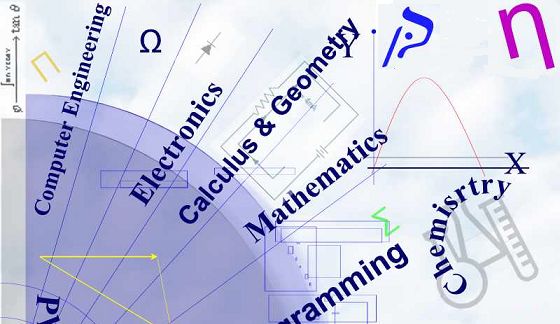Astronomy
Definitions
- Astronomy is the study of the universe and its contents.
- Astrology is the movement of celestial bodies in terms of their effect on human affairs.
- Astronomy is based on scientific facts and evidence.
- Astrology is based on beliefs and myths. It is not a Science.
Some Important Facts
- The longest day of the year is June 22 - During leap years the date may vary between June 21 to 23
- The sun at noon is halfway between sunrise and sunset when standard time is on (winter months)
- In the summer when we are under daylight saving time the sun is in the middle of the sky at about 1:00 pm
- The definition of noon is that the sun is due south at that point. Near the edge of time zones the position of the sun at noon could vary by half hour before or half hour after noon.
- The sun rises due East on March 20-21 and September 21-23
- The moon does not rise exactly at the same time every night but it rises about an hour later each night.
- Sunrise & Sunset -- The total number of daylight hours during the summer months depends on the location (latitude). For example in the Arctic there would be about 24 hours of sunshine whereas in Western Ontario it is about 15 hours.
- Some constellations of stars can be seen in our northern skies all year around. An example of this is the Big Dipper.
- A lunar cycle is about a month (sometimes called a "moonth") or 28 days.
- The length of a day is determined by how many hours the sun appears to circle the ski. 24 hours is the average length of a solar day.
- Celestial bodies are objects that make up the universe. The Sun, the Moon, the Earth, the Planets, all the Stars and other objects that can be seen with the naked eye as well as those that need to be observed with a telescope (asteroids, nebulas, galaxies, quasars).
- A Constellation is a cluster of stars. Example: Ursa Major - The Big Bear. The Big Dipper is a pattern of stars in the Constellation of the Big Bear.
- Star trails are paths traced out by the stars (the points of light) on the celestial sphere as the Earth rotates


